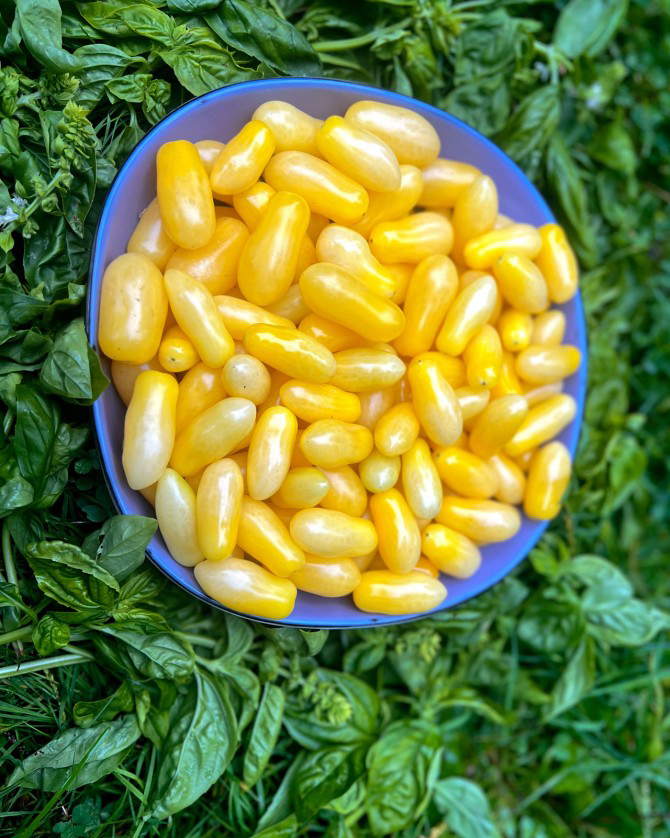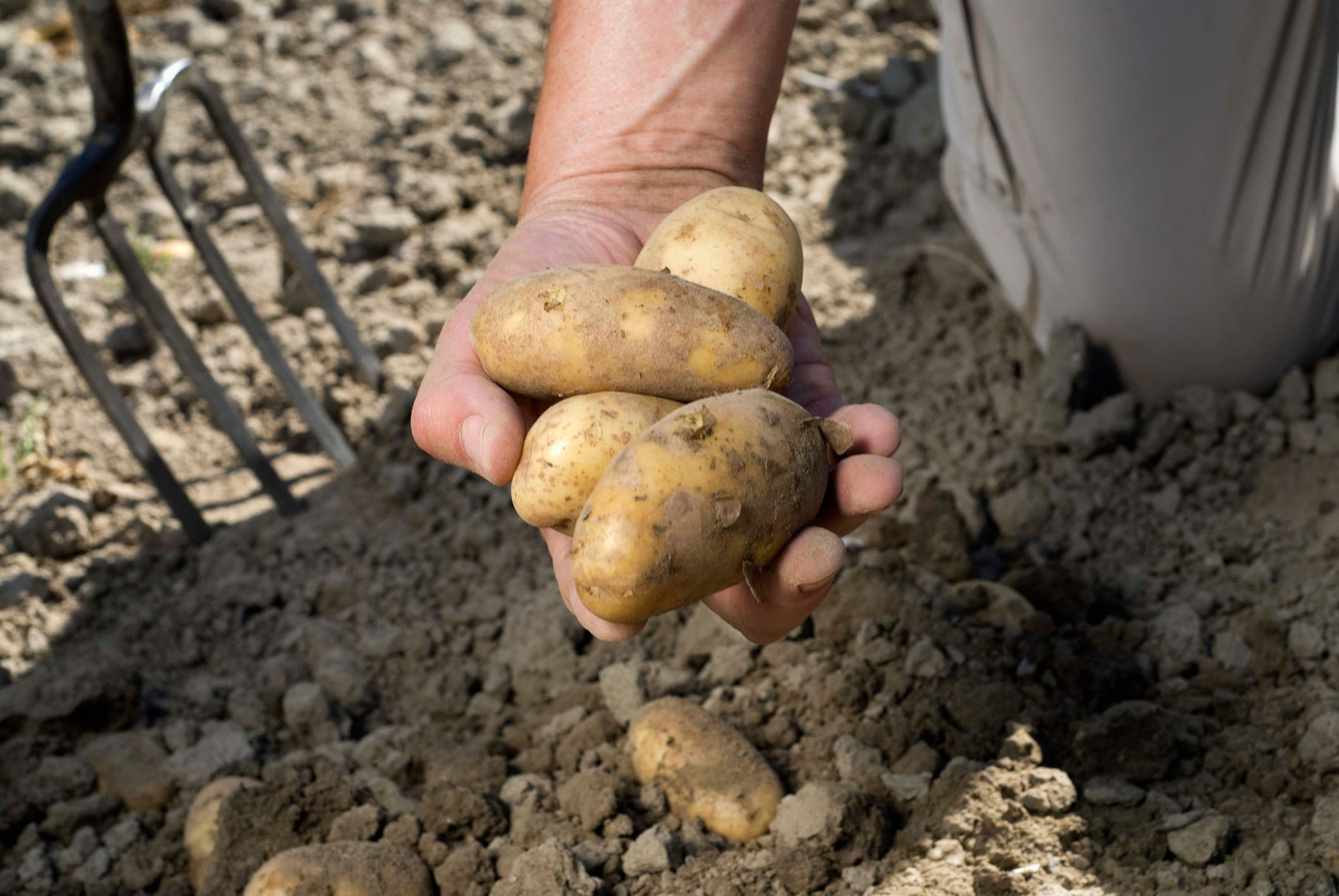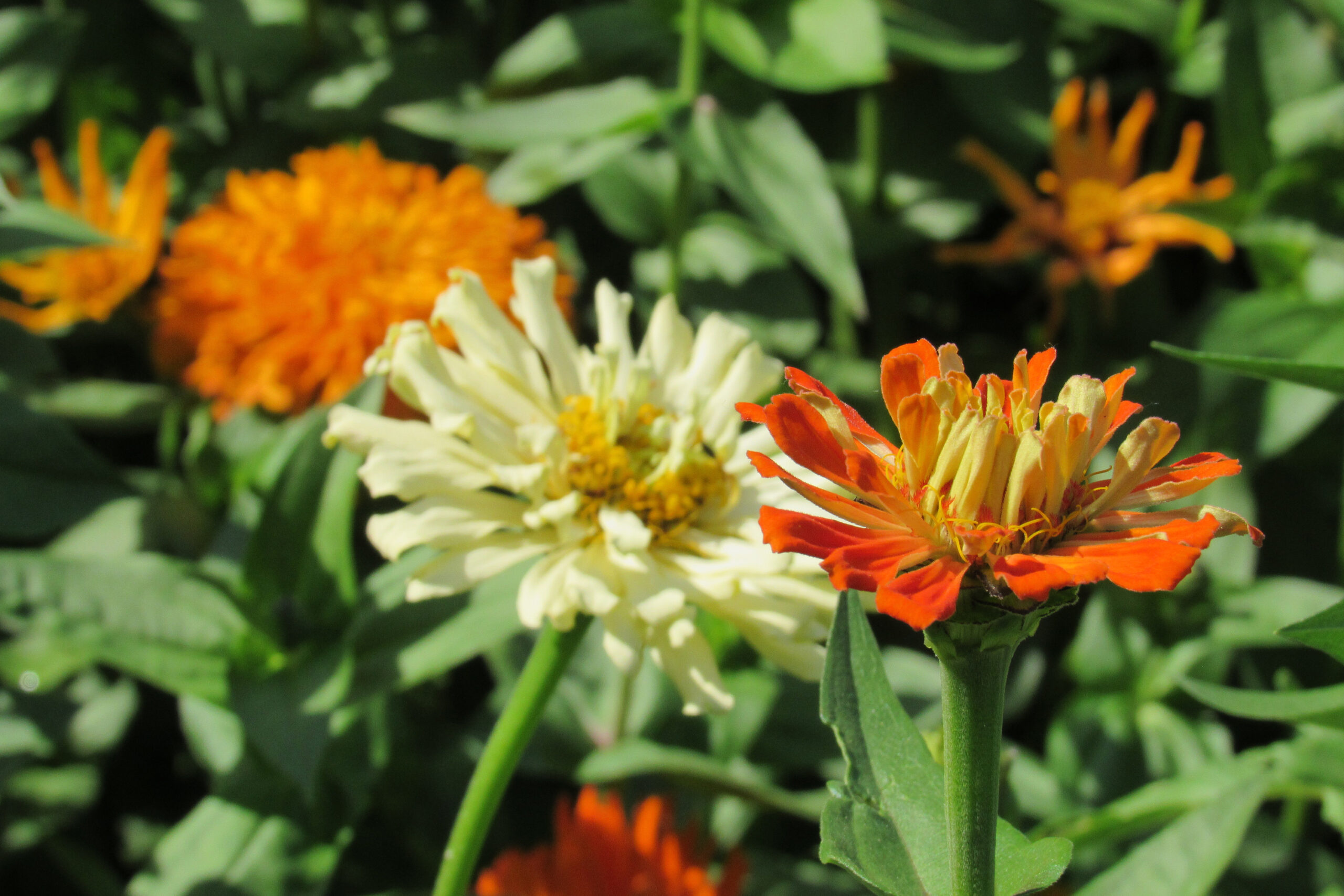Help your shrubs and trees survive the winter

Winter is coming whether we like it or not, and winter sun, cold, wind, snow, ice, and salt can take their toll on your shrubs and trees. Sun, wind, and bitter cold can bleach and dry out evergreen foliage, damage bark, and injure or kill branches, flower buds, and roots. Heavy snow and ice can snap branches and even topple trees. Salt used to de-ice roads, sidewalks, and parking lots is harmful to plants, and rodents and deer often turn to bark, twigs, flower buds, and leaves when food is hard to find.
Let’s start with cold damage. Not surprisingly, one way to prevent cold damage is to make sure your plants are hardy for your USDA cold hardiness zone. In our area, it is 6a or 6b, -10 to 0 degrees F. If you want to be extra careful, stick to Zone 5b, which goes to -15 degrees F. Cold damage can be more severe during winters with little snowpack, as some snow cover helps to insulate the soil and plants from wind and frigid temperatures.
The University of Minnesota Extension explains that you should also watch out for root injury caused by winter’s cold. Roots do not become dormant in the winter as quickly as stems, branches, and buds, and roots are not as hardy as stems. Roots of trees and shrubs are able to survive low temperatures because soil temperatures typically remain much higher than air temperatures. The soil also cools down more slowly than the air.
Moist soil holds more heat than dry soil, meaning that frost penetration is deeper for sandy or dry soil. Again, having a blanket of snow helps to insulate the soil and keep temperatures higher. Mulch can also help keep soil temperatures higher. If you have newly planted trees and shrubs, make sure you continue to water them well until the ground freezes. The University of Minnesota Extension says that cracks in the planting hole can allow cold air to penetrate into the root zone. This reduces fall root growth and can even kill newly formed roots.
To reduce root injury, cover the roots of newly planted trees and shrubs with three to four inches of shredded wood mulch. Make sure to create a donut shape around the tree or shrub by pulling the mulch back from the trunk about six inches. The donut shape allows the tree trunk to breathe and prevents adventitious roots from forming. These roots are a stress response from the plant and can girdle and kill a tree. In addition to keeping the tree or shrub well watered until the ground freezes, check for cracks in the soil around the planting hole and fill them with dirt as needed.
Deciduous trees and shrubs – those which lose their leaves – can also suffer dieback in winter. This happens because flower buds are more susceptible to injury than stem or leaf buds. To help manage dieback, place plants that are marginally hardy in protected locations. Avoid pruning and fertilizing in the late summer as this can stimulate new growth that will not have time to harden off before frigid temperatures.
Watch for more information on winter tree and shrub care in upcoming columns.







